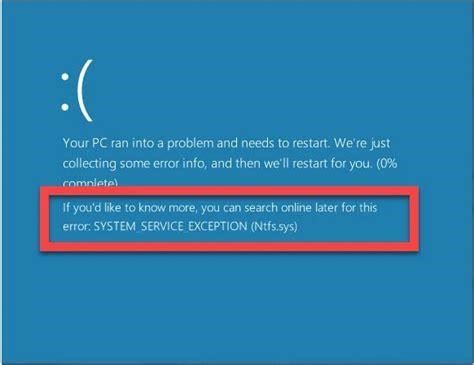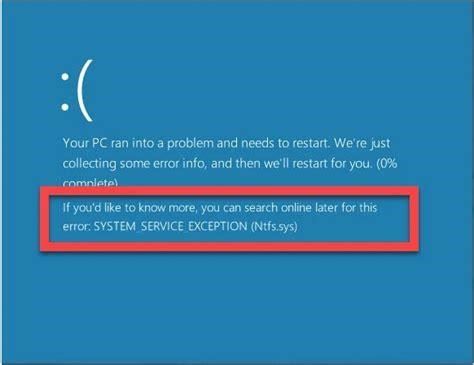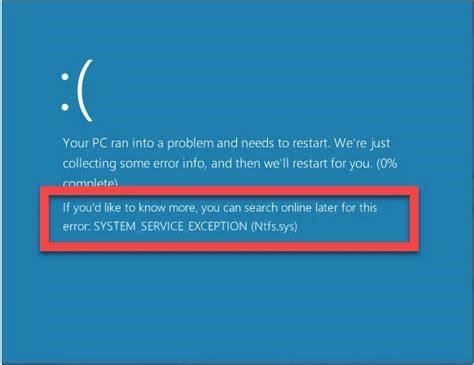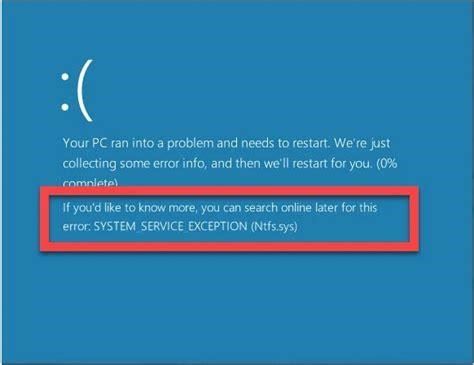Achieving Complete Control Over Windows Update
For over three decades, Microsoft’s Windows operating system has reigned supreme, cementing itself as the preferred choice for billions of PCs worldwide. However, its integrated automatic update feature, designed to continuously deliver the latest patches and security enhancements, often hogs storage space and slows down systems.
Fortunately, with a few tweaks, you can seize complete command over Windows Update and customize it to suit your needs. In this guide, we’ll explore proven techniques to indefinitely pause updates. By implementing these solutions, you can reclaim gigabytes of disk real estate and boost PC responsiveness.
Utilizing Batch Scripts to Instantly Disable Windows Update
One straightforward approach involves using batch scripts that terminate associated background Windows services. Follow these steps:
How do I fix no auto update in Windows 10?
Press Windows key and R key together to open the Run dialog. Type regedit in the box and click OK to continue. From the right panel, double-click on the NoAutoUpdate (REG_DWORD) and set its value to 1.
How do I enable automatic updates in Windows 10?
1 Open the Local Group Policy Editor. Computer Configuration/Administrative Templates/Windows Components/Windows Update 4 Do step 5 (enable), step 6 (Notify), or step 7 (Never notify) below for what you would like to do. 5. To Enable Automatic Updates This is the default setting.
- Launch Notepad and paste the following code:
- Save the file as
stop_update.bat - Right click on
stop_update.batand selectRun as Administrator
@Echo off net stop wuauserv net stop cryptSvc net stop bits net stop msiserverThis immediately disables the Windows Update service and relevant dependencies. To re-enable updates, create another script:
@Echo off net start wuauserv net start cryptSvc net start bits net start msiserverSave it asstart_update.batand run it to restart the services. This grants you instant control over Windows updating with a simple double-click.
Emptying the Software Distribution Folder
The%SystemRoot%\SoftwareDistributionfolder caches gigabytes of pending Windows updates. To purge these space-hogging files:
- Open the folder by typing
%SystemRoot%\SoftwareDistributioninto File Explorer’s path bar - Select and permanently delete all contents within
This frees up several GBs of disk capacity immediately after each update installation.
Optimizing the WinSxS Directory
TheWinSxSfolder contains multiple versions of Windows system files, ballooning in size over time. To tame it:
How do I stop Windows 10 from restarting automatically?
To set Active Hours on Windows 10, head to Settings > Update & Security > Windows Update. Click or tap “Change Active Hours” under Update Settings. From there, you’ll set the times you don’t want Windows to automatically restart. On Windows 11, head to Settings > Update & Security > Advanced Options and choose an option under “Active Hours.”
How do I disable automatic Windows 10 updates?
To modify update settings, right-click Start, select Settings > Update & Security > Advanced Options. Then, select Pause updates and choose a date. You can only disable updates for 35 days at a time. You’ll have to repeat the process to further delay updates. This article explains how to temporarily disable automatic updates for Windows 10.
- In File Explorer, right-click your C: drive and selectProperties
- ClickDisk Cleanup>CheckWindows Update Cleanup>ClickOK
Disk Cleanup rapidly scours WinSxS and reclaims gigabytes of squandered storage.
Zero-Filling Free Space for Better Compression
After prolonged use, Windows’ disk compression becomes inefficient. Reset it with the freesdeletetool:
- Download and install sdelete from Microsoft
- Open Command Prompt as admin and run:
sdelete -z C:
This zero-fills unused drive sectors, enabling maximum NTFS compression.
Leveraging Disk Cleanup to Remove Unneeded Windows Files
Microsoft’s built-in Disk Cleanup utility deletes cached Windows updates and other unnecessary installation files.
- Search forDisk Cleanupand select your C: drive
- Check all relevant options and clickDelete Files
Doing this monthly prevents tens of gigabytes from being squandered.
Disabling System Restore
Windows automatically maintains system restore points, occupying over 5% of disk space. To switch this off:
Does Windows 10 automatically restart after every update?
With Windows 10, Microsoft makes it difficult to turn off or disable the Windows Update function. While it is important to keep your operating system updated, the automatic system restart after every update makes it more annoying.
How do I stop automatic restart in Windows 10?
Follow these steps to stop automatic restart if there is a critical system failure or if the system encounters a Blue Screen of Death. Open the Advanced System Settings window by typing in systempropertiesadvanced in the Run Command box. This will open the Advanced tab directly.
- Type
sysdm.cpland openSystem Properties - Select your C: drive >ClickConfigure>Disable system protection>OK
With system restore disabled, Windows cannot create restore points.
Conclusion
Although automatic Windows updating delivers vital security patches, its storage footprint and background resource usage causes headaches for many users. By following the solutions outlined in this guide, you can seize complete control and customize Windows Update to best serve your needs. Reclaim gigabytes of drive capacity, boost system performance, and stop automatic reboots with just a few tweaks. Let us know if you have any other tips and tricks for managing Windows updates!
References
- https://community.spiceworks.com/topic/2280131-wsus-server-disk-cleanup-and-wsus-server-cleanup-failing
- https://www.windowscentral.com/how-reclaim-space-reducing-size-winsxs-folder-windows-10
How do I cancel a Windows 10 update?
Turn off Windows automatic updates to cancel any updates in progress and prevent future updates. On Windows 10 Pro, disable automatic updates in the Windows Group Policy Editor. This article explains how to cancel a Windows update that’s already in progress.
How do I pause Windows Update?
Instead, you could pause updates for up to seven days. To disable automatic updates temporarily, use these steps: Open Settings. Click on Update & Security. Click on Windows Update. Click the “Pause updates for 7 days” option. Once you complete the steps, Windows Update will no longer download for the time you specified.
Does Windows 10 automatically update?
Windows 10 will automatically check for new Windows Updates at the time you have set in automatic maintenance. Some updates are not installed automatically. This includes optional updates and updates that require you to accept new terms of use. When these updates are available, Windows Update will let you know that they’re ready to be installed.




